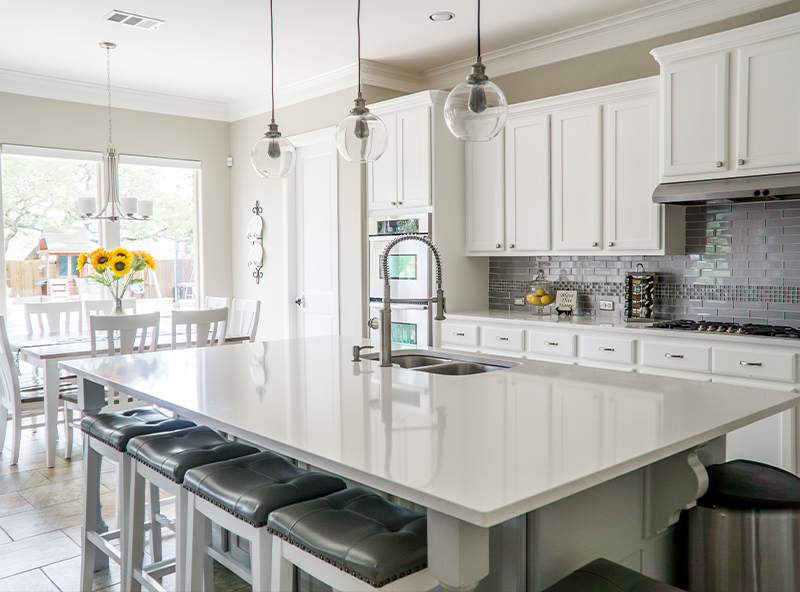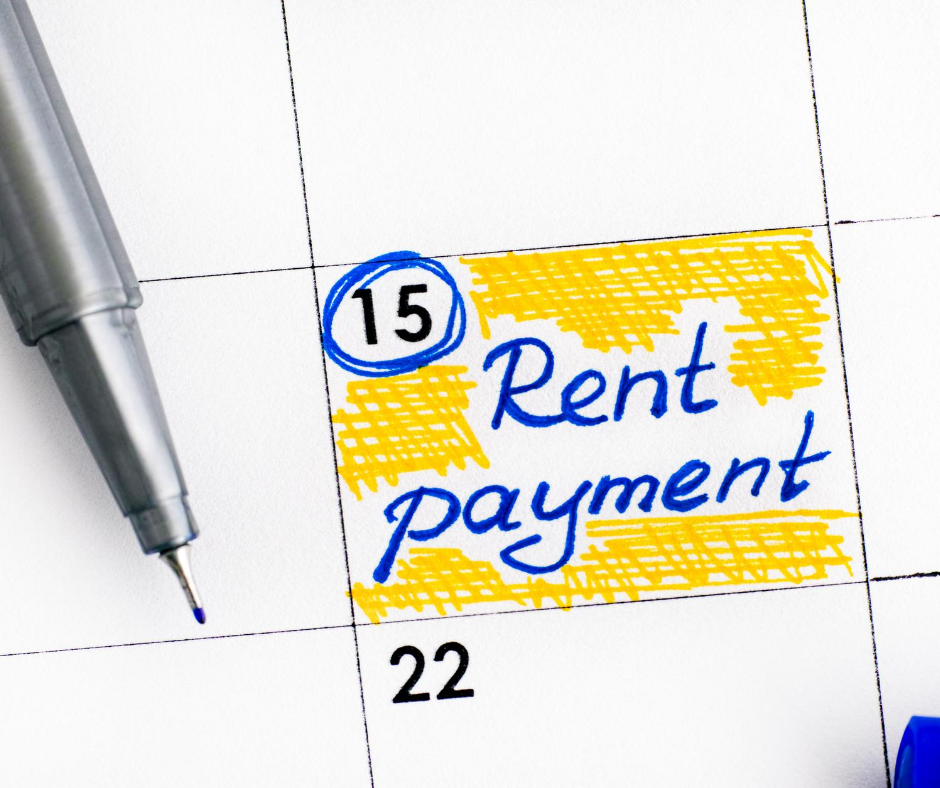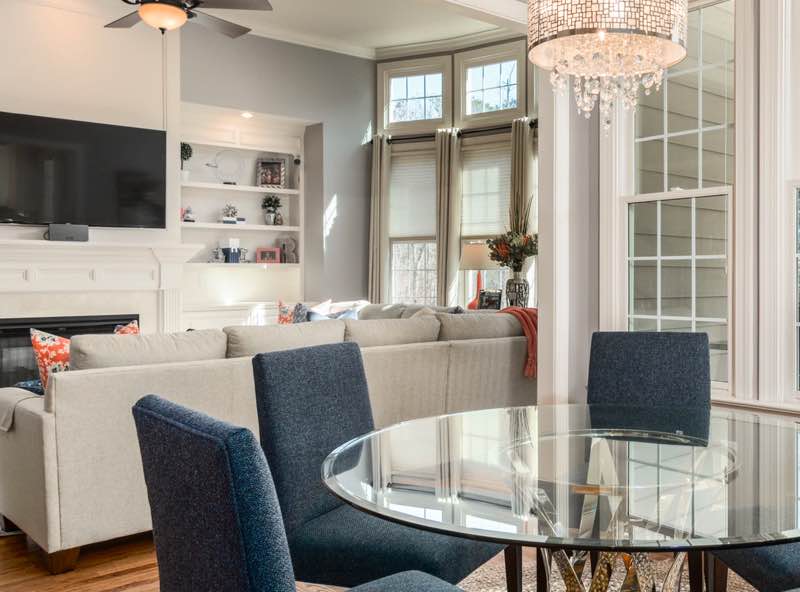
Rent-to-Own in Ontario: Risks, Pros & Smarter Alternatives
Is Rent-to-Own in Ontario the Right Move for You?
So, you’ve been thinking about buying a home—but maybe your credit isn’t quite there yet, or your down payment feels out of reach. You might even be considering a rent-to-own in Ontario as a way to get into the market.
On the surface, it sounds like a clever path—live in the home, save as you go, and lock in a price before values rise. But before you jump in, let’s have a real talk.
At The Keith and Françoise Real Estate Team, we’ve helped many buyers navigate their path to homeownership. And from what we’ve seen, renting while saving the traditional way often gives you more flexibility, control, and peace of mind—especially in a market like Ontario, where mortgage rules and prices are constantly shifting.
So before you sign anything, let’s break it down—together.
How the Rent-to-Own Process Works
In a nutshell, rent-to-own in Ontario means you rent a home for a few years with the option to buy it at the end of the lease. Here’s how it typically works:
- You pay a non-refundable option fee upfront (usually 2–5% of the purchase price)
- You pay above-market rent, with a portion credited toward your down payment
- You agree to buy the home at a locked-in price when your lease ends
On paper, it feels like a win—you’re living in your future home, building equity, and working toward ownership.
But here’s the catch: the “later” part is filled with unknowns.
Want a deeper dive into how these agreements work behind the scenes? Check out this helpful CMHC rent-to-own guide.
Why It Appeals to Some Buyers
There’s a reason rent-to-own in Ontario sounds appealing, especially if you’re stuck between renting and buying:
✔️ You can move into the home right away
✔️ You don’t need perfect credit to get started
✔️ Part of your rent goes toward your down payment
✔️ You lock in a purchase price before values rise
And for a few buyers, that combination makes sense.
But…
The Real Risks of Rent-to-Own in Ontario (What You Need to Know)
Here’s what most people don’t tell you upfront—and why caution is key.
❌ You Might Still Not Qualify for a Mortgage
Even with time to improve your finances, there’s no guarantee you’ll qualify when your lease ends. If you can’t close, you could lose the home and your option fee.
❌ You’re Not the Owner Yet
Even if you’ve made upgrades or started treating it like your forever home, you’re still a tenant. If the landlord defaults on their mortgage, the home could go into foreclosure.
❌ Non-Refundable Fees
If your plans change or life throws a curveball, you’ll lose your option fee and any upgrades you’ve put into the property.
❌ You Might Overpay
If market values drop, you’re still locked into the original price—meaning you could end up paying more than the home is worth.
❌ Maintenance May Be Your Responsibility
Many rent-to-own in Ontario agreements make you, the tenant-buyer, responsible for repairs and maintenance—even before you officially own the home.
A Smarter Alternative to Rent-to-Own in Ontario
If you’re exploring alternatives to rent-to-own, purchasing a condo in the Greater Toronto Area might be a more straightforward and secure option. Condos often have lower entry prices and can be more accessible for first-time buyers. For a comprehensive guide on navigating the condo buying process in the GTA, check out our detailed article here.
We understand how discouraging it can feel to delay homeownership. But here’s what we know from experience:
Renting while building your savings is often a smarter, safer move.
It gives you:
- More flexibility if your life or finances change
- The chance to shop around for the best mortgage once you’re ready
- Time to improve your credit and financial profile
- The ability to avoid hidden clauses and legal pitfalls
Need help getting started? Download our free First-Time Home Buyer Guide for Ontario. It’s packed with real-world steps that simplify the process.
Also, don’t forget to plan for closing expenses. Check out our article on closing costs in Ontario so you’re not caught off guard when the time comes.
Still Weighing Your Options? Let’s Talk?
We’re happy to walk through your options—no pressure. If you’re still considering rent-to-own in Ontario, we’ll help you understand the fine print, the risks, and whether it really fits your long-term goals. You can also check out our other post: What is the Rent-to-Own Program and Does It Work?
And if you’d rather build a custom plan to save, repair your credit, and become a confident, qualified buyer—we’ve helped many clients do exactly that, and we’d love to help you too.
📩 Send us a message or give us a call. Whether you’re buying next month or next year, we’re here to guide your journey—without shortcuts or surprises.
About The Keith and Françoise Real Estate Team
At The Keith and Françoise Real Estate Team, we specialize in guiding buyers, sellers, and downsizers through all stages of homeownership across the Greater Toronto Area, Niagara, and Simcoe regions. With years of hands-on experience, we’re passionate about helping our clients make informed decisions that protect their future.
We believe in real talk, not sales pitches—especially when it comes to complex paths like rent-to-own. If you’re unsure what’s right for you, we’re here to help you explore every option with clarity and confidence.
Contact us today to start building a buying plan that’s tailored to your goals.


